Breaking Down Barriers in the Community-Based System of Care A Call to Action
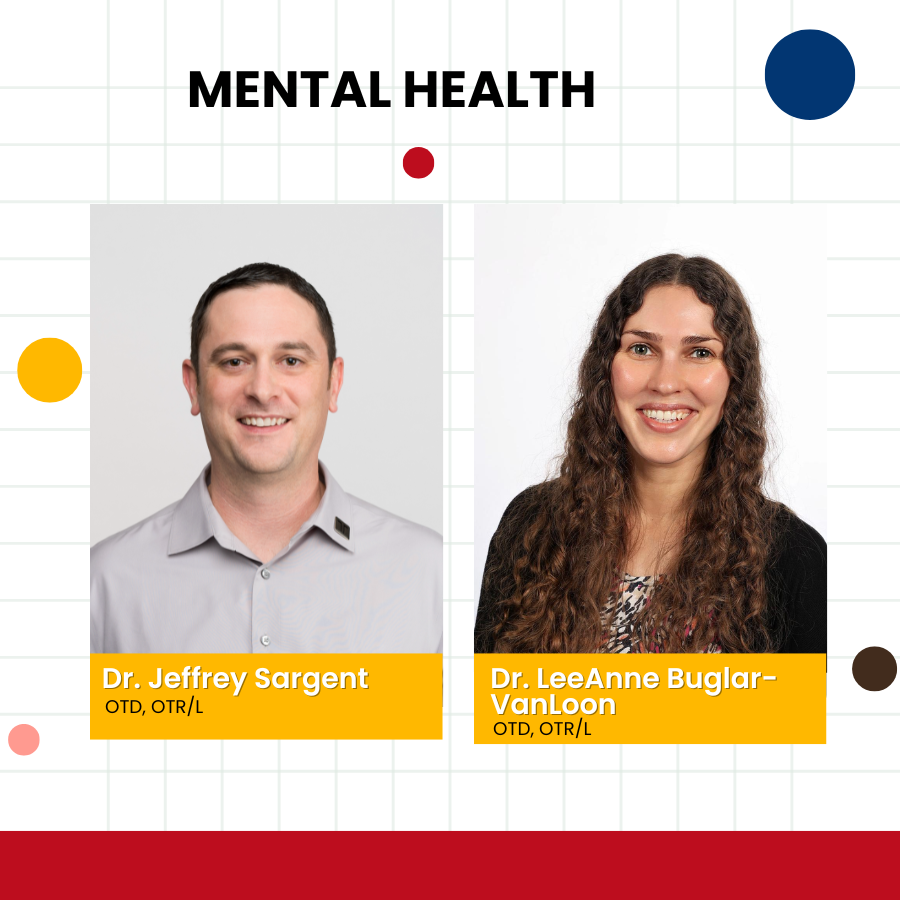 Breaking Down Barriers in the Community-Based System of Care A Call to Action
Breaking Down Barriers in the Community-Based System of Care A Call to Action
Dr. Jeffrey Sargent OTD, OTR/L
 Breaking Down Barriers in the Community-Based System of Care A Call to Action
Breaking Down Barriers in the Community-Based System of Care A Call to Action
Dr. Jeffrey Sargent OTD, OTR/L
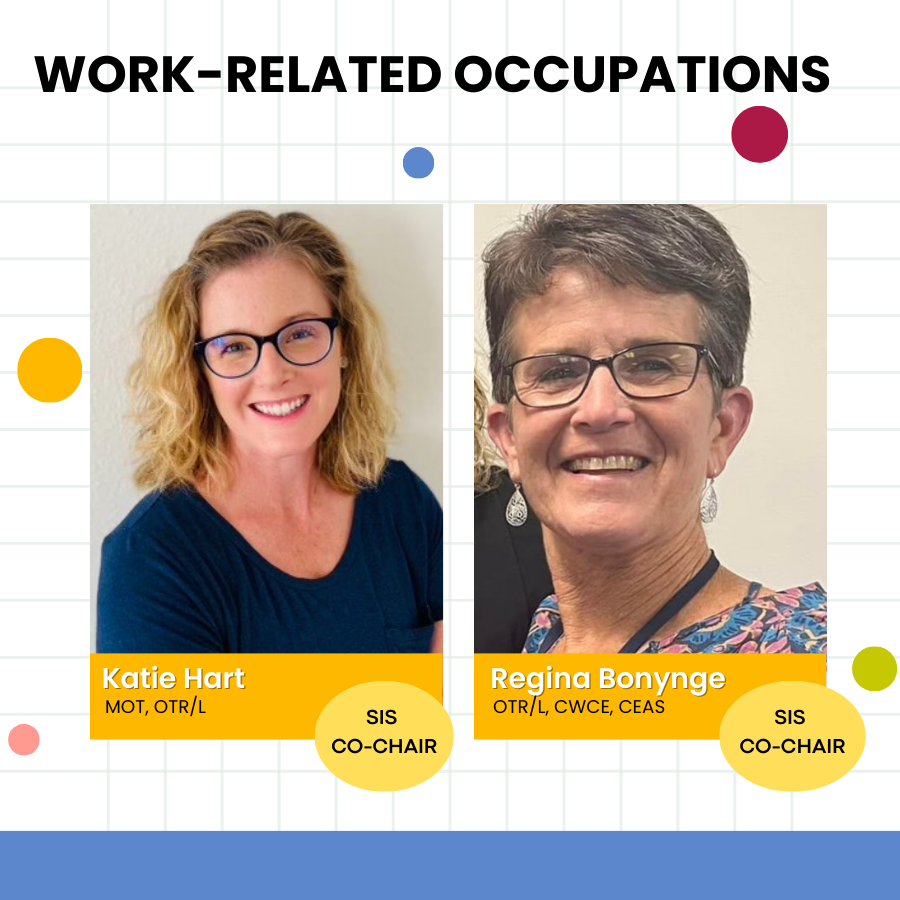 Volunteering As a Work-Related Occupation: A Case Study
Volunteering As a Work-Related Occupation: A Case StudyVolunteering makes us feel good. However, what is the science behind it? A recent study has validated the benefits of volunteering, notably, reduced mortality, increased quality of life improved and social supports (Nichol et al., 2023). The benefits of volunteering are not predisposed to those who come into it with higher levels of happiness. On the contrary, research shows that those with lower reported happiness levels reap more benefits from volunteering (Binder & Freytag, 2013).
As occupational therapists, how can we leverage the power of volunteering to support our clients on their journey? Volunteering creates a safe place for many to “try out” a work environment and safely address their deficits in a controlled environment (space, schedule, time, tasks, etc). This article includes a case study of Lisa and her recovery from a stroke, using volunteering as a steppingstone to support return to work skills.
 Pioneering the Future: The Intersection of AI and Occupational Therapy
Pioneering the Future: The Intersection of AI and Occupational Therapy
Nelson Gonzalez, OTR/L, CHHC, CCT, CPMT, CORE, CLT
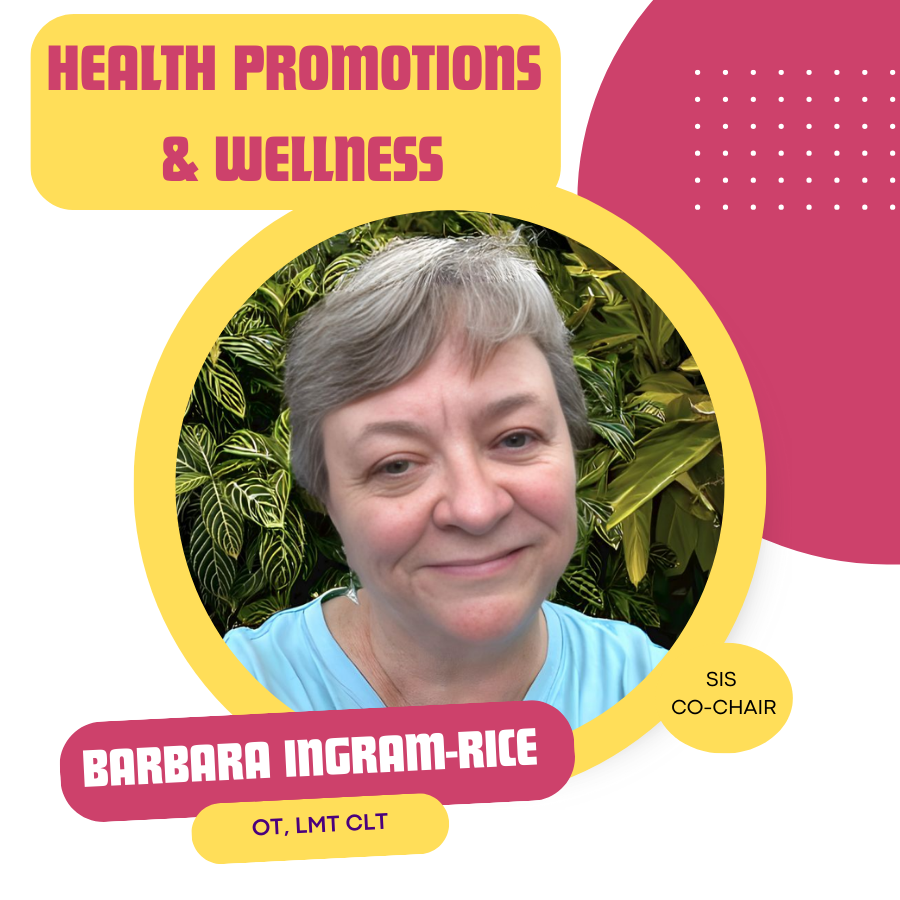 Building Resilience into a Busy Lifestyle
Building Resilience into a Busy Lifestyle
Barbara Ingram-Rice OT, LMT, CLT
 OT’s Role in Firefighter Mental Health
OT’s Role in Firefighter Mental Health
Alyssa M. Garcia, OTD, OTR/L
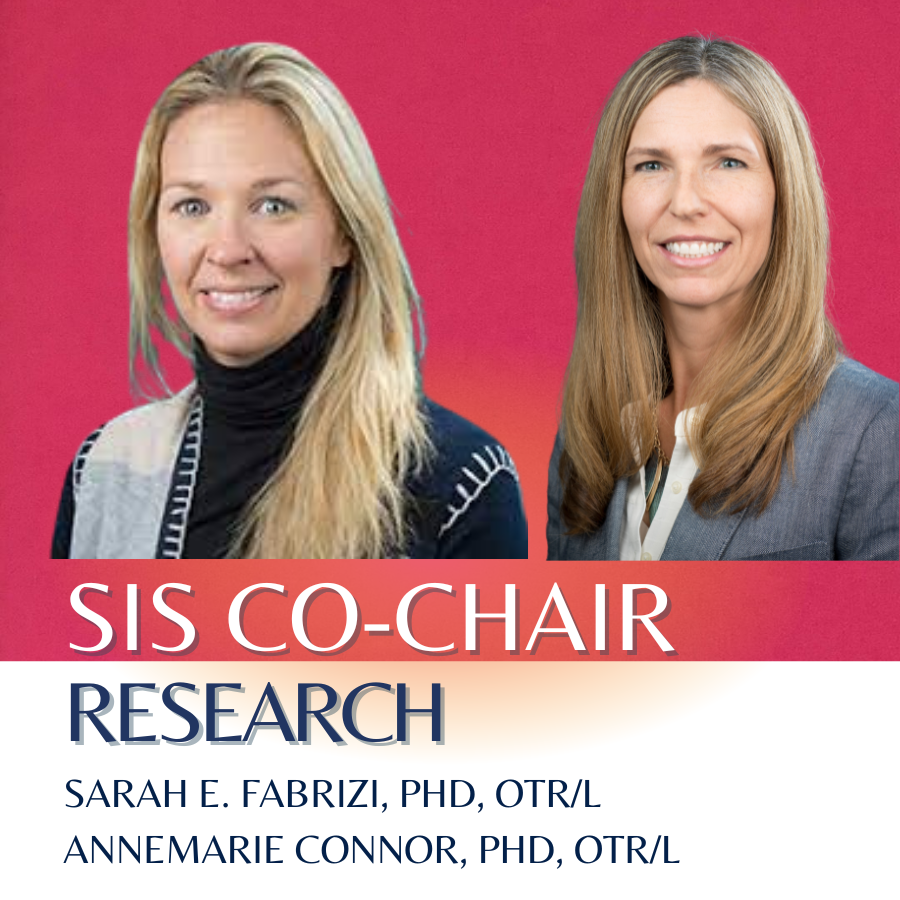 Trends in Occupational Therapy Research and Practical Applications for Providers
Trends in Occupational Therapy Research and Practical Applications for Providers
Research Special Interest Section
 Transition from the IFSP to the IEP: The Changing Roles of the Occupational Therapy Practitioner in Part C vs Part B of IDEA
Transition from the IFSP to the IEP: The Changing Roles of the Occupational Therapy Practitioner in Part C vs Part B of IDEA
Pauline Kelly, OTD, OTR/L
 Occupational Therapy Gives a Smile for Life
Occupational Therapy Gives a Smile for Life
FLOTEC submission
 Establishing Fieldwork Site Objectives for Entry-Level Development
Establishing Fieldwork Site Objectives for Entry-Level Development
Antonette Fernandez, DrOT, OTR/L
 The Impact of Vestibular Processing on Attention and School Performance: A case study
The Impact of Vestibular Processing on Attention and School Performance: A case study
Dominique Blanche Kiefer, OTD, OTR/L, BCP
 Improving Patient Safety in Occupational Therapy
Improving Patient Safety in Occupational Therapy
Anna DeMarco
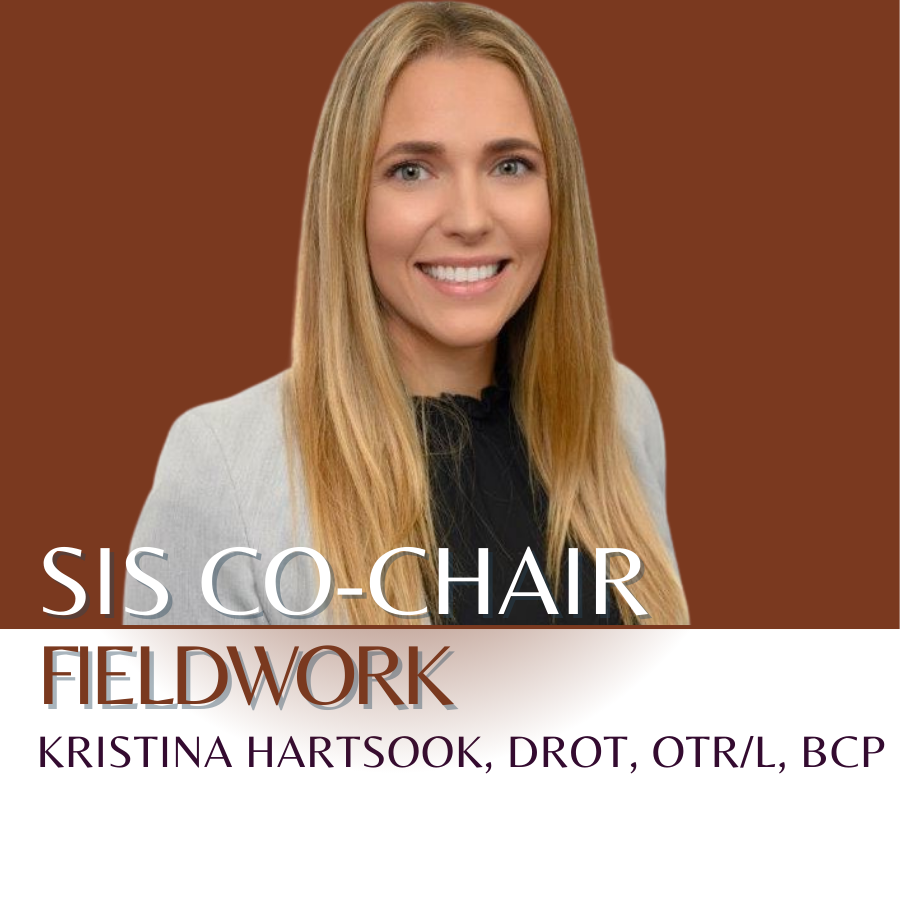 Elevating Fieldwork Experiences: The Role of Evidence-Based Practice in Occupational Therapy
Elevating Fieldwork Experiences: The Role of Evidence-Based Practice in Occupational Therapy
Kristina Hartsook, DrOT, OTR/L, BCP
Empowering students in fieldwork: Building emotional intelligence skills through self-assessment
Lucerito R. Gonzalez, COTA/L, MSOTS
Decreasing Lymph Volume With the Use of Deep Oscillation Therapy
Candice D. Young E.d.S., COTA/L, CLT
The Experiences of Siblings of Individuals with Special Needs
Kim Dudzinski, EdD, OTR/L, Mary Stein, OT-S, Veronica Sarti, OT-S, Alexis Bellacera, OT-S, & Hannah Sbacchi, OT-S
 Home and community health therapy services post Public Health Emergency (PHE)
Home and community health therapy services post Public Health Emergency (PHE)
Amanda Kotolski, Ph.D., OTR/L
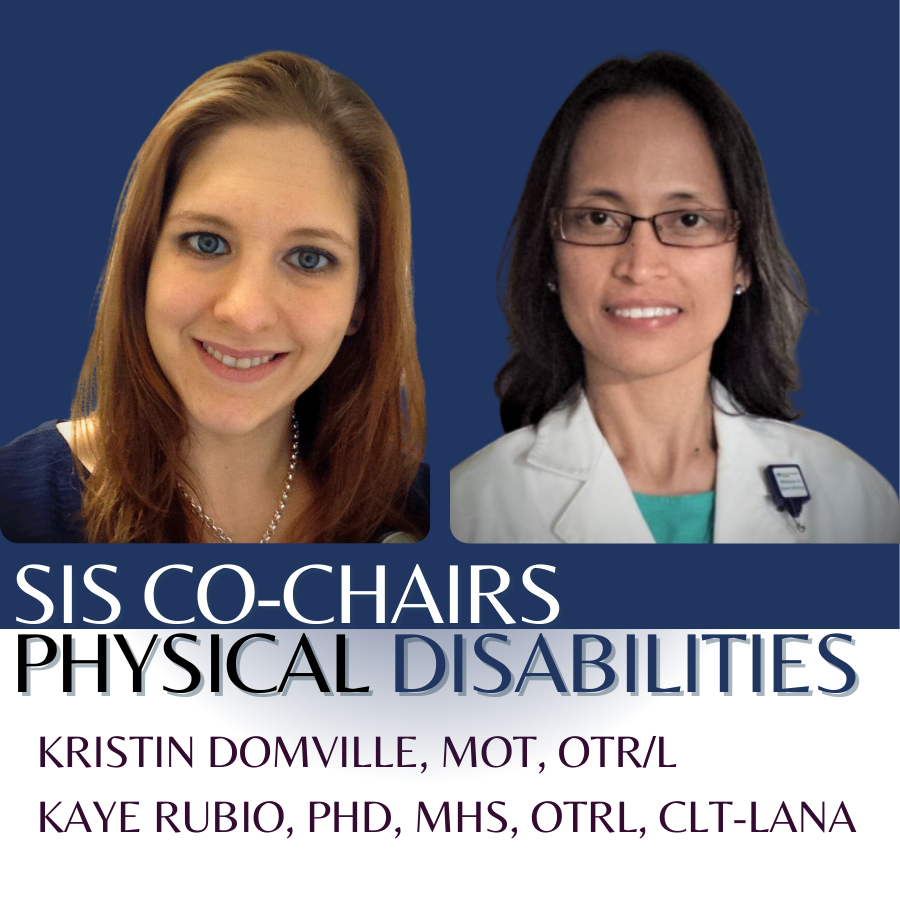 Occupational Therapy interventions to address axillary web syndrome: A debilitating side effect of breast cancer treatment
Occupational Therapy interventions to address axillary web syndrome: A debilitating side effect of breast cancer treatment
Brittany Hypes, OTD, OTR/L, CSRS, C-MLD, Kaye Rubio, Ph.D., MHS, OTR/L, CLT-LANA, & Kristin Domville, OTD, MOT, OTR/L
 A critique of the meshing hypothesis:
A critique of the meshing hypothesis:
Using Shulman’s knowledge domain theory to facilitate effective instruction
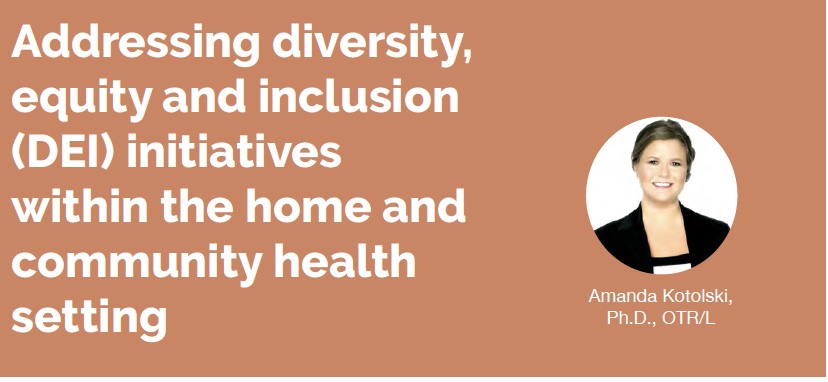
The American Occupational Therapy Association’s (AOTA’s) Vision 2025 conveys a strong commitment to diversity, equity, and inclusion (2020a). It is everyone’s right to feel welcomed, valued, included, and respected while engaging in daily life regardless of each of our own unique abilities and challenges. This statement made by AOTA supports efforts to increase diversity, equity, and inclusion (DEI) within all aspects of occupational therapy, including practice, education, and research, as well as policy development and advocacy (AOTA, 2020a). Therapist’s working in the home and community setting provides important client-centered services of which DEI principles implicitly embrace.
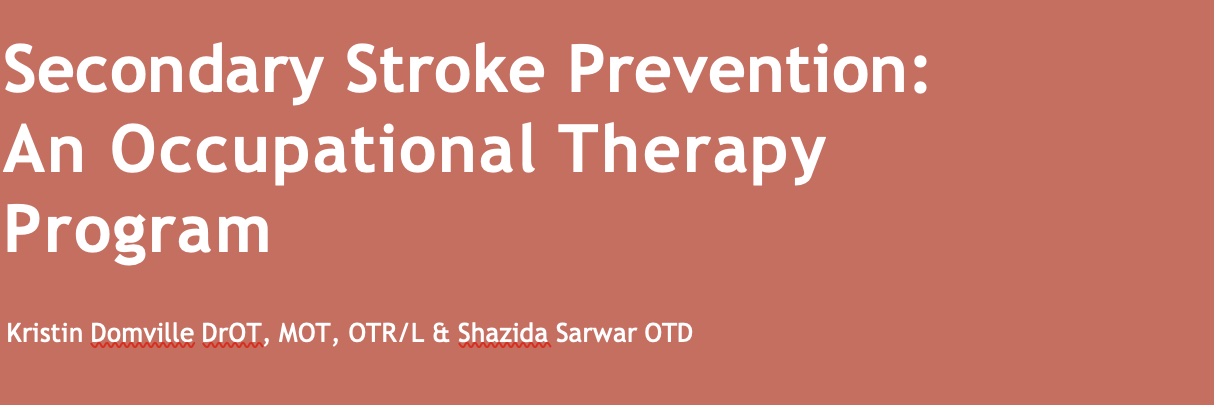
In the United States, a stroke occurs approximately 800,000 individuals annually, accounting for a large population of severe long-term disabilities (Centers for Disease Control and Prevention [CDC], 2021). In the United States, 25% of all strokes, approximately 610,000, occur among those individuals who have already had a previous stroke, raising the risks of long-term disability (CDC, 2021). NORD (2020) reports stroke recurrence leads to poorer functional outcomes, quality of life, and increased incidence of mortality. Stroke recurrence affects a large population, so reducing secondary stroke is essential to reduce mortality and disability risks.
Amazon searches starting from www.flota.org benefit FOTA!